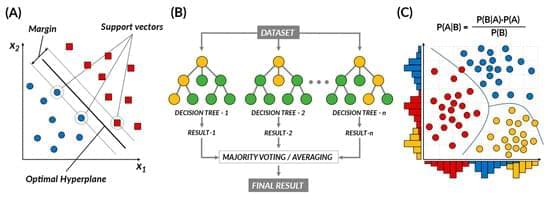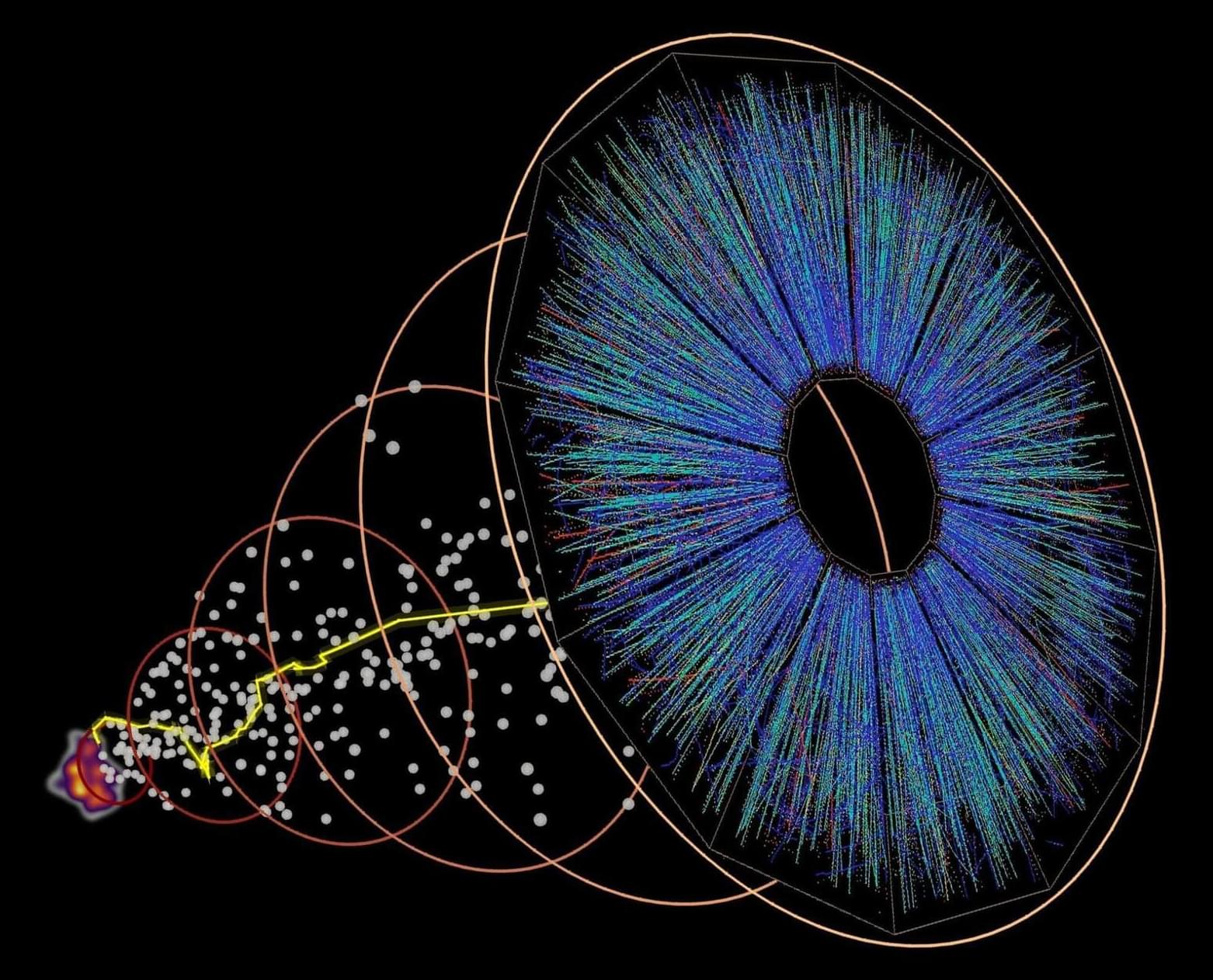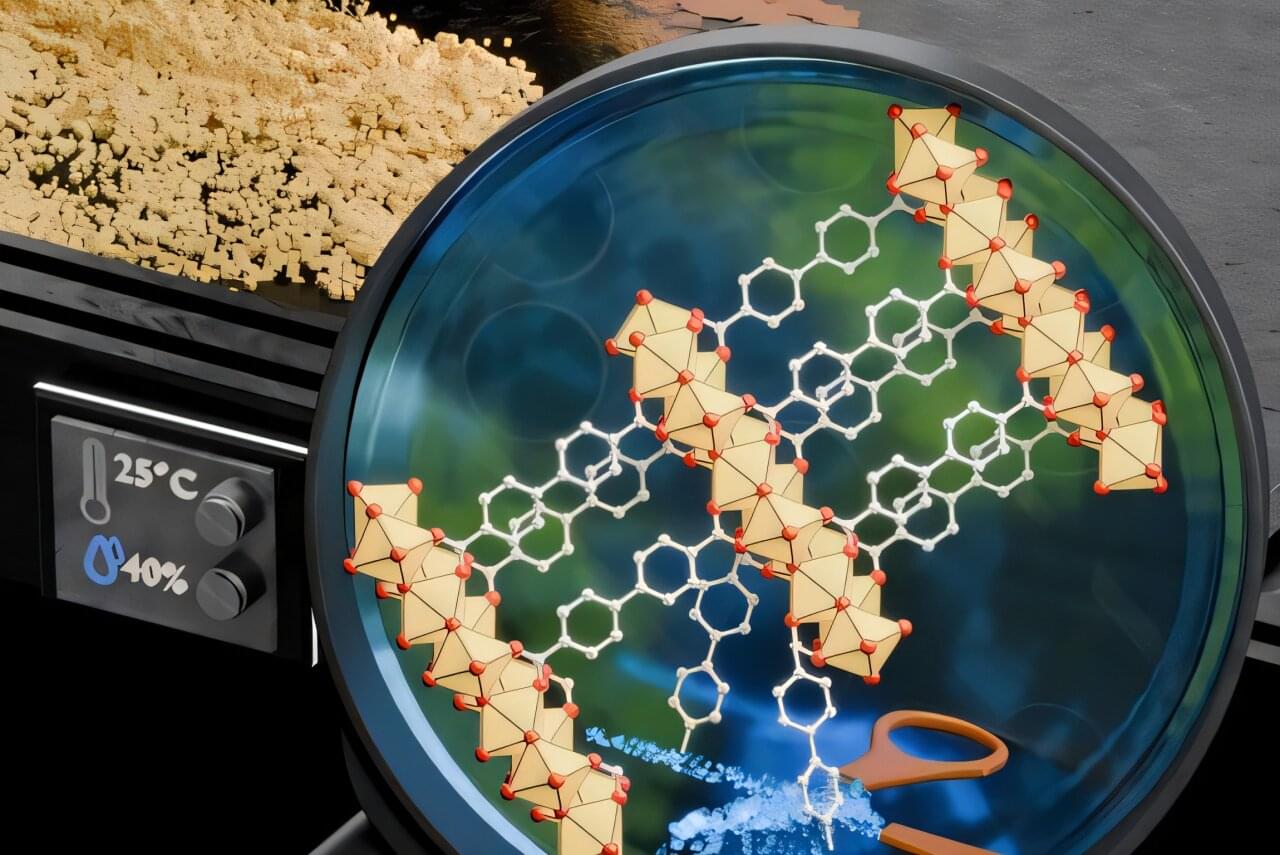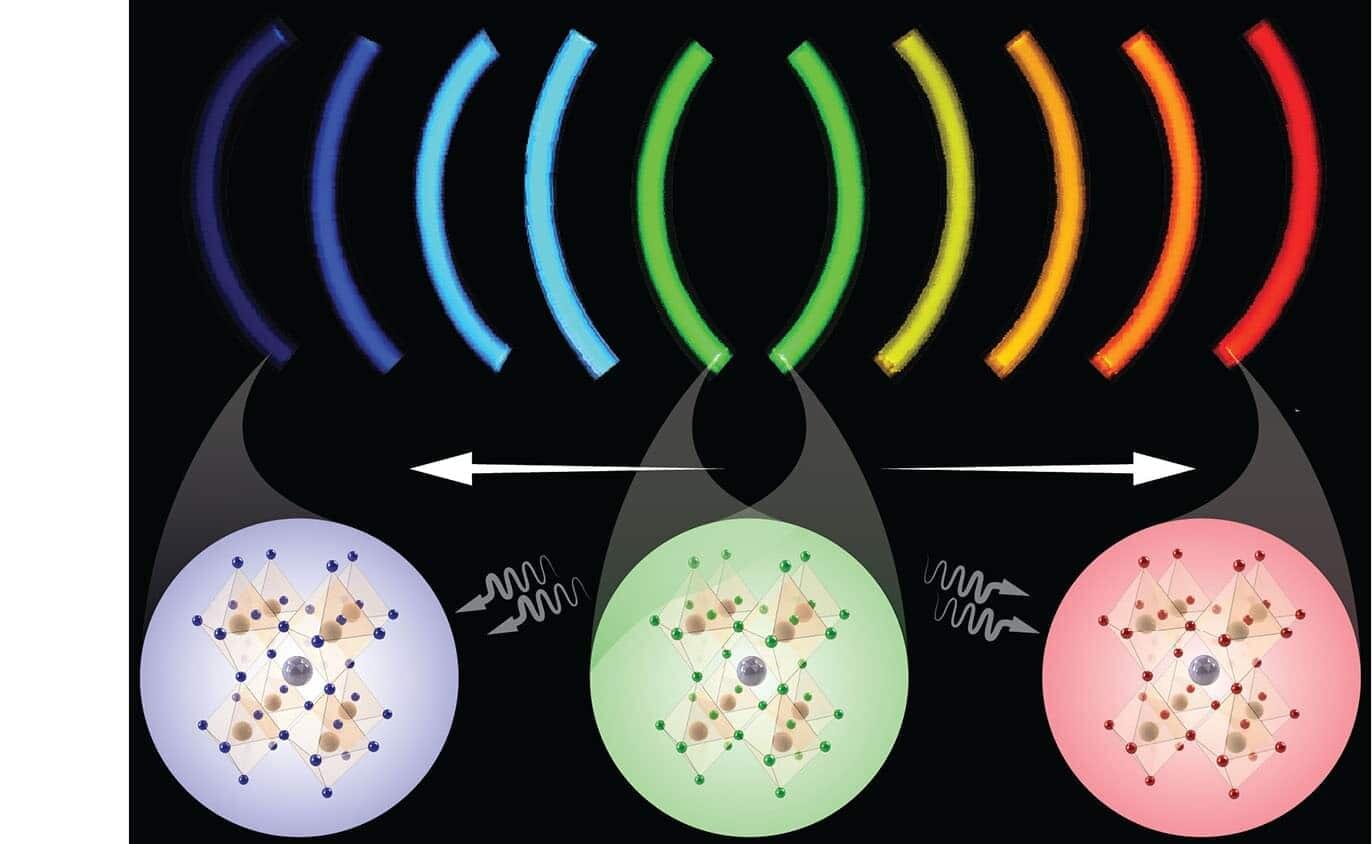Han, R.; Yoon, H.; Kim, G.; Lee, H.; Lee, Y. Pharmaceuticals 2023, 16, 1259. https://doi.org/10.3390/ph16091259
AMA Style
Han R, Yoon H, Kim G, Lee H, Lee Y. Pharmaceuticals. 2023; 16:1259. https://doi.org/10.3390/ph16091259

Han, R.; Yoon, H.; Kim, G.; Lee, H.; Lee, Y. Pharmaceuticals 2023, 16, 1259. https://doi.org/10.3390/ph16091259
AMA Style
Han R, Yoon H, Kim G, Lee H, Lee Y. Pharmaceuticals. 2023; 16:1259. https://doi.org/10.3390/ph16091259

Forever chemicals affect your genes, according to a recent study.
Scientists have identified 11 genes that are consistently impacted by exposure to harmful chemicals that are found in everything from drinking water to food packaging.
Forever chemicals, also known as PFAS, are a global health concern. PFAS or “per-and poly-fluorinated alkyl substances” are also found in common household objects such as non-stick pans, stain or water-resistant materials as well as paints, carpets and clothes.
They are persistent in the environment and can accumulate in our bodies over time. They have been linked to a range of negative health outcomes, including impacting our genes. Some of the 11 genes that were impacted by PFAS are vital for neuronal health, and they showed altered expression levels after exposure to PFAS compounds. This discovery suggests these genes could serve as potential markers for detecting and monitoring PFAS-induced neurotoxicity.
However, the study also revealed that hundreds of other genes responded differently depending on the exact PFAS compound. While PFAS are known to accumulate in the brain due to their ability to cross the blood-brain barrier, this research provides new insights into the intricate ways these chemicals can interfere with gene expression and potentially disrupt our health. Concerns about PFAS stem from their potential health effects, which may include immune deficiency, liver cancer, and thyroid abnormalities. Due to their persistence and potential health risks, many governments are taking steps to regulate or ban the use of PFAS in various products.
These toxic chemicals are so common in consumer products and manufacturing that they’re everywhere—including inside our bodies.

Particles in high-energy nuclear collisions move in a way that follows a pattern known as Lévy walks, a motion found across many scientific fields.
Named after mathematician Paul Lévy, Lévy walks (or, in some cases, Lévy flights) describe a type of random movement seen in nature and various scientific processes. This pattern appears in diverse phenomena, from how predators search for food to economic fluctuations, microbiology, chemical reactions, and even climate dynamics.
Lévy walks in high-energy nuclear collisions.

KIT researchers lay the foundation for new materials and chemical processes by synthesizing an unusual molecule.
Researchers at the Karlsruhe Institute of Technology (KIT) have successfully synthesized and stabilized a Bi₅⁻ ring—a molecule composed of five bismuth atoms—within a metal complex. This achievement fills a key gap in chemical research and opens new possibilities for applications in materials science, catalysis, and electronics. The study has been published in Nature Chemistry.
“By synthesizing the Bi5–ring, we’ve answered a long-standing question of basic research. In the future, this molecule could play an important role in the development of new materials and chemical processes,” said Professor Stefanie Dehnen from KIT’s Institute for Inorganic Chemistry, where she heads the cluster-based materials research group.

Scientists have discovered a potentially greener way to produce a crucial industrial chemical used to make many everyday products, from plastics and textiles to antifreeze and disinfectants, according to a study published in Science and co-authored by Tulane University chemical engineer Matthew Montemore.
The breakthrough could significantly reduce greenhouse gas emissions from the manufacture of ethylene oxide, which has an estimated $40 billion global market. The current production process requires chlorine, which is toxic and emits millions of tons of carbon dioxide into the atmosphere annually.
The research team, led by Montemore, as well as Tufts University chemistry professor Charles Sykes and University of California Santa Barbara (UCSB) chemical engineering professor Phillip Christopher, found that adding small amounts of nickel atoms to silver catalysts can maintain production efficiency while eliminating the need for chlorine in the process.

Finding the right lubricant for the right purpose is a task that is often extremely important in industry. Not only to reduce friction, overheating and wear, but also to save energy. At TU Wien, the research groups of Prof Carsten Gachot (Tribology, Mechanical Engineering) and Prof Dominik Eder (Chemistry) are therefore working together to develop innovative, improved lubricants.
The team has now presented a new type of material with special properties: The lubricant COK-47 is not liquid like lubricating oil, but a powdery solid substance. On a nanoscale, it consists of stacks of atomically thin sheets, like a tiny stack of cards.
When the material comes into contact with water molecules, these platelets can slide past each other very easily—a so-called tribofilm is created, which ensures extremely low friction. This makes COK-47 a highly interesting lubricant in humid conditions.

Here’s more evidence that your drinking water may be unsafe.
A new analysis out of Sweden reports that disinfecting water with chlorine creates chemical byproducts that can increase the risk of bladder cancer by 33% and colorectal cancer by 15%.
The culprit appears to be trihalomethanes (THMs), which are made up of four compounds — chloroform, bromodichloromethane, dibromochloromethane and bromoform. THMs are found in nearly all public water systems in the US and European Union.

Chemistry researchers at Case Western Reserve University have identified specific markers that could pave the way for new blood tests to detect diseases.
Almost every disease involves some degree of inflammation, yet standard blood tests cannot precisely identify which organs or tissues are affected.
Now, researchers at Case Western Reserve University have developed an antibody-based method to detect inflammation, which could pave the way for blood tests that identify disease-specific biomarkers. This advancement has potential applications in diagnosing conditions such as heart disease, Alzheimer’s.

A new study examines how complex chemical mixtures evolve under changing environmental conditions, offering insights into the prebiotic processes that may have led to life. Researchers exposed organic molecules to repeated wet-dry cycles and observed continuous transformations, selective organization, and synchronized population dynamics.
The findings indicate that environmental conditions played a crucial role in fostering the molecular complexity necessary for life’s emergence. By simulating early Earth’s conditions, the team found that instead of reacting randomly, molecules self-organized, evolved over time, and followed predictable patterns.
This challenges the notion that early chemical evolution was purely chaotic. Instead, the study suggests that natural environmental fluctuations guided the formation of increasingly complex molecules, ultimately contributing to the development of life’s fundamental building blocks.

Researchers at North Carolina State University have demonstrated a new technique that uses light to tune the optical properties of quantum dots—making the process faster, more energy-efficient and environmentally sustainable—without compromising material quality.
The findings are published in the journal Advanced Materials.
“The discovery of quantum dots earned the Nobel Prize in chemistry in 2023 because they are used in so many applications,” says Milad Abolhasani, corresponding author of a paper on the work and ALCOA Professor of Chemical and Biomolecular Engineering at NC State. “We use them in LEDs, solar cells, displays, quantum technologies and so on. To tune their optical properties, you need to tune the bandgap of quantum dots—the minimum energy required to excite an electron from a bound state to a free-moving state—since this directly determines the color of light they emit.